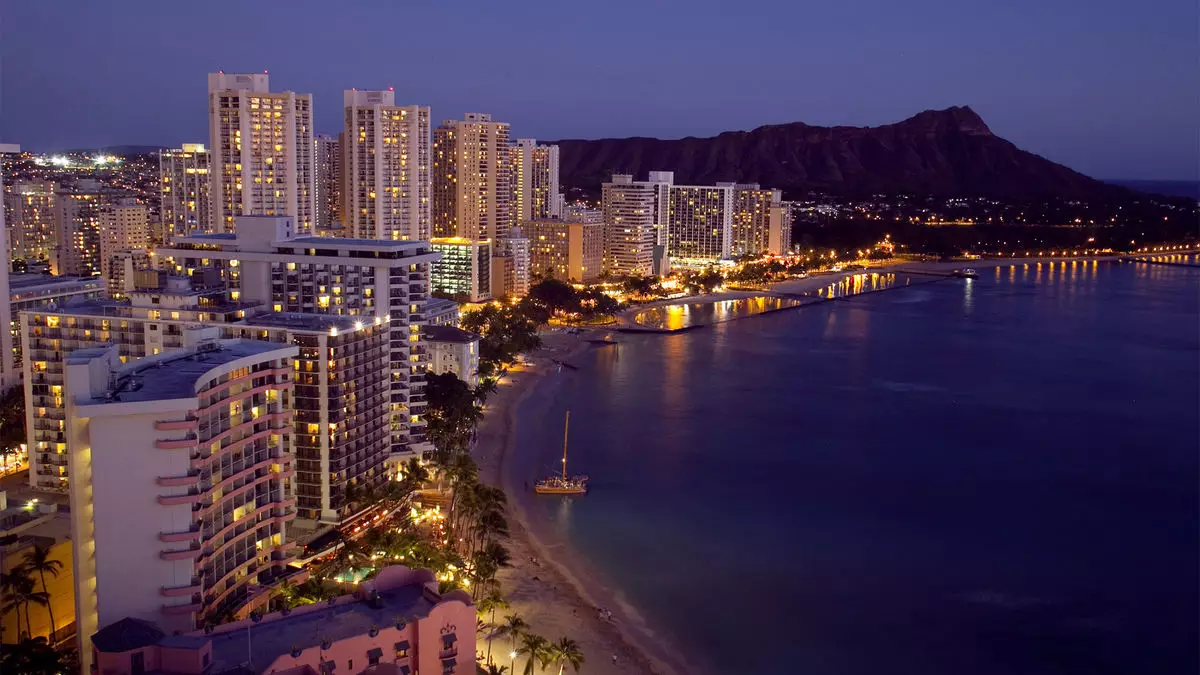The latest data from the Hawaii Tourism Authority (HTA) reveals a nuanced picture of the state’s hotel industry for July 2024. While occupancy rates showed a modest increase, the overall financial performance struggled. The hotel occupancy rate climbed slightly to 78.4%, marking a 1.2% rise from the previous year. However, a deeper dive into the figures raises questions about the sustainability of this growth against a backdrop of declining revenue. What does this mean for the future of hospitality in Hawaii?
One of the foremost concerns highlighted in HTA’s report is the significant drop in Average Daily Rate (ADR), which fell by 5.5% to $385. This drop in room pricing suggests that hotels may be cutting rates to attract guests amid heightened competition and changing travel preferences post-pandemic. The contrasting trends of rising occupancy but shrinking revenue highlight a potential tension within the market; as hotels fill their rooms with more guests, lowering prices could ultimately lead to reduced profitability.
In terms of revenue, the statewide total of $522.1 million in hotel room earnings represented a concerning 4.3% decline compared to July of the previous year. When looking at the broader picture for 2024, cumulative hotel revenue stood at $3.3 billion for the first seven months, indicating a 2.6% decrease year-on-year. These figures reflect a resilient industry grappling with external challenges, such as economic fluctuations and environmental issues, which have recently affected travel patterns.
Particularly troubling is the ongoing struggle faced by hotels on Maui. The aftermath of the devastating wildfires in Lahaina last August has left a palpable scar on the island’s tourism-dependent economy. Many travelers are scrutinizing the impact of environmental disasters on their travel plans, leading to hesitance in visiting affected areas. The combination of a challenging economic environment and the lasting effects of such tragedies has the potential to create lingering doubts about returning to normal levels of tourism in Hawaii.
Despite the challenges, the mixed results underscore an evolving landscape for Hawaii’s hospitality sector. A rise in occupancy can still be seen as a positive trend if accompanied by strategic adaptations. Hotels could explore enhanced marketing campaigns, diversification of offerings, and pricing strategies that balance demand and revenue. Collaboration with local attractions and experiences that cater to the changing interests of tourists may provide an additional buoy in tides of challenges.
While July showed some promise in occupancy gains, the overall trajectory of Hawaii’s hotel industry reflects significant hurdles that need to be addressed. Stakeholders must stay vigilant and responsive to change, especially in light of external factors that threaten the delicate equilibrium of this vital industry.


Leave a Reply